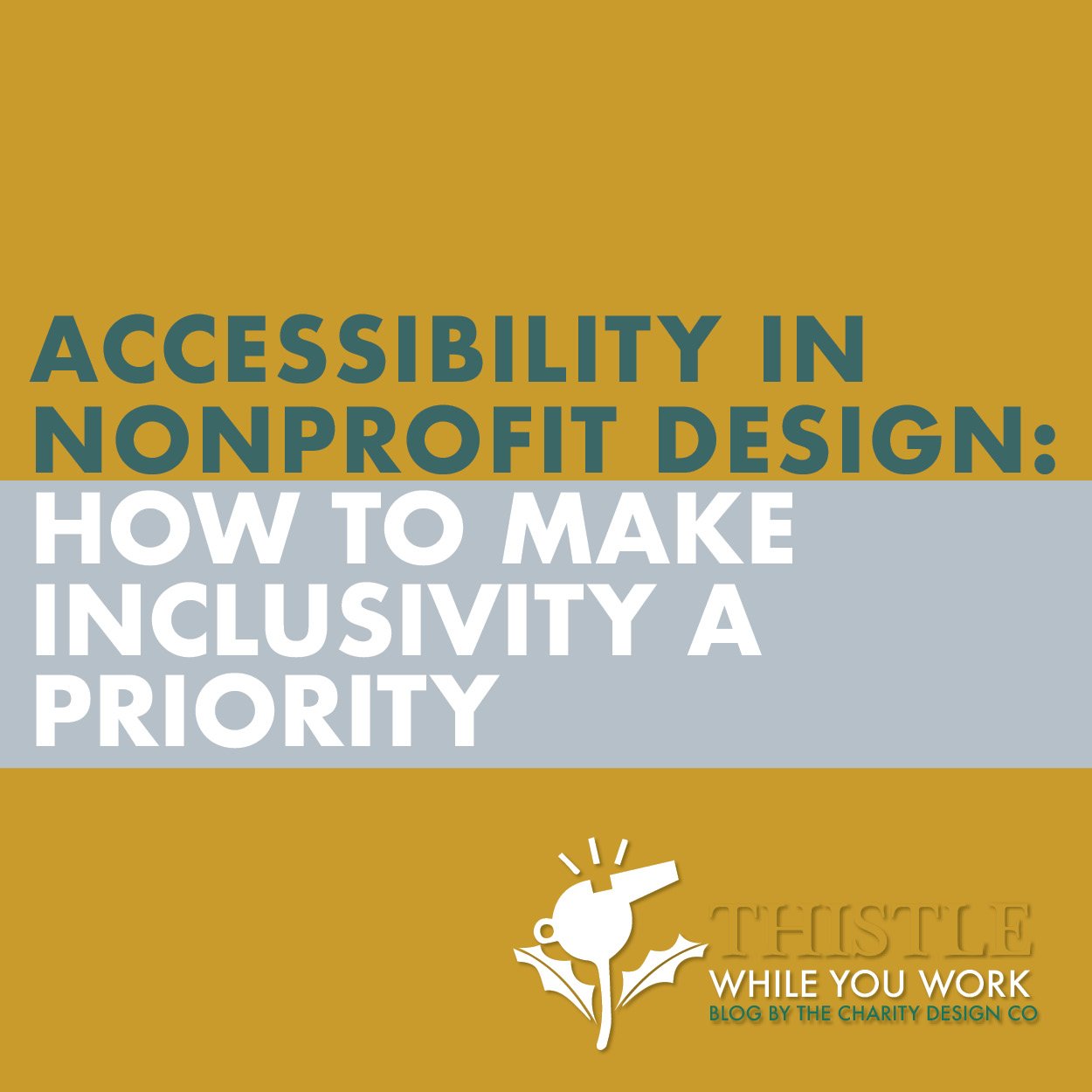5 SEO STRATEGIES TO ENHANCE YOUR NONPROFIT'S VISIBILITY ON SQUARESPACE
Having a strong online presence is essential for nonprofits to reach a wider audience and make a bigger impact. One of the most effective ways to increase visibility online is through Search Engine Optimization (SEO). By optimizing your nonprofit website on platforms (like Squarespace), you can drive organic traffic and attract more supporters to your cause.
Below are some proven SEO strategies specifically tailored for nonprofits on Squarespace, helping you enhance your visibility and empower your mission.
Keyword Research: The first step in any successful SEO strategy is conducting thorough keyword research. For nonprofits, it's important to focus on keywords that are relevant to your cause and resonate with your target audience. Use tools like Google Keyword Planner (Free with Google for Nonprofits) or SEMrush to identify high-volume keywords related to your nonprofit's mission. Incorporate these keywords naturally into your website content, including page titles, meta descriptions, headers, and body copy. This will help search engines understand the relevance of your website and rank it higher in search results.
Implementing Keywords on Squarespace: Once you've identified your keywords, the next step is to integrate them into your Squarespace website. Squarespace's intuitive design makes it easy to add your keywords in strategic locations.Page Titles: Navigate to the Pages menu, select the page you want to edit, and click on the settings gear icon. Under the SEO tab, you’ll find the Page Title field. Enter your keyword-rich titles here.
Meta Descriptions: In the same SEO tab where you edited the Page Title, you'll find the Meta Description field. Write a compelling description incorporating your keywords.
Headers: When editing a page, highlight the text you want as a header, then click the formatting drop-down menu to select Header 1, Header 2, etc. Incorporate your keywords into these headers.
Body Copy: As you edit the text on your pages, naturally weave your keywords into the content to make it not only SEO-friendly but also informative for your audience.
URLs: For each page, you can customize the URL slug. Click on the settings gear icon for the page you're editing and go to the General tab to find the URL Slug field. Make sure your URLs are simple and include a keyword.
Content Creation: High-quality content plays a crucial role in SEO success. Create engaging and informative content that showcases the work of your nonprofit, such as blog posts, success stories, impact reports, and volunteer testimonials. Regularly update your website with fresh content to keep visitors engaged and encourage them to return. Additionally, consider incorporating multimedia elements like videos and infographics to make your content more visually appealing and shareable on social media platforms.
Headers: When editing a page, highlight the text you want as a header, then click the formatting drop-down menu to select Header 1, Header 2, etc. Incorporate your keywords into these headers.
Remember, these can be found here:Body Copy: As you edit the text on your pages, naturally weave your keywords into the content to make it not only SEO-friendly but also informative for your audience.
On-Page Optimization: Optimize every aspect of your website for search engines by focusing on on-page optimization techniques. This includes optimizing meta tags (title tags and meta descriptions), URLs, image alt text, internal linking structure, and mobile responsiveness. Ensure that all elements of your website are user-friendly and accessible across different devices to provide a seamless browsing experience for visitors. By implementing these on-page optimization strategies, you can improve the overall visibility of your nonprofit website on search engine results pages.
Remember, these can be found here:Page Titles: Navigate to the Pages menu, select the page you want to edit, and click on the settings gear icon. Under the SEO tab, you’ll find the Page Title field. Enter your keyword-rich titles here.
Meta Descriptions: In the same SEO tab where you edited the Page Title, you'll find the Meta Description field. Write a compelling description incorporating your keywords.
Link Building: Building high-quality backlinks from reputable websites is another important aspect of SEO for nonprofits. Reach out to other organizations in the same sector or industry for collaboration opportunities or guest posting opportunities that can help promote your cause and attract more traffic to your website. Additionally, leverage social media platforms to share valuable content and engage with followers who can potentially link back to your site. By building a strong network of backlinks from authoritative sources, you can boost the credibility of your nonprofit website in the eyes of search engines.
Remember, these can be found here:URLs: For each page, you can customize the URL slug. Click on the settings gear icon for the page you're editing and go to the General tab to find the URL Slug field. Make sure your URLs are simple and include a keyword.
Performance Tracking: To measure the effectiveness of your SEO efforts on Squarespace, it's important to regularly track key performance metrics using tools like Google Analytics or Squarespace Analytics. Monitor changes in organic traffic, keyword rankings, bounce rate, conversion rate, and other relevant metrics to assess the impact of your SEO strategies over time. Use this data-driven approach to identify areas for improvement and make informed decisions about future optimization tactics that can further enhance the visibility of your nonprofit online.
Enhancing visibility through effective SEO strategies is crucial for nonprofits looking to expand their reach online and attract more supporters to their cause. By following these proven techniques tailored specifically for Squarespace websites, you can optimize your nonprofit's online presence and drive organic traffic effortlessly. Remember that SEO is an ongoing process that requires continuous monitoring and adjustment based on performance data insights. With dedication and persistence in implementing these strategies, you can elevate the visibility of your nonprofit organization on search engine results pages and empower your mission to make a lasting impact in the digital world.








